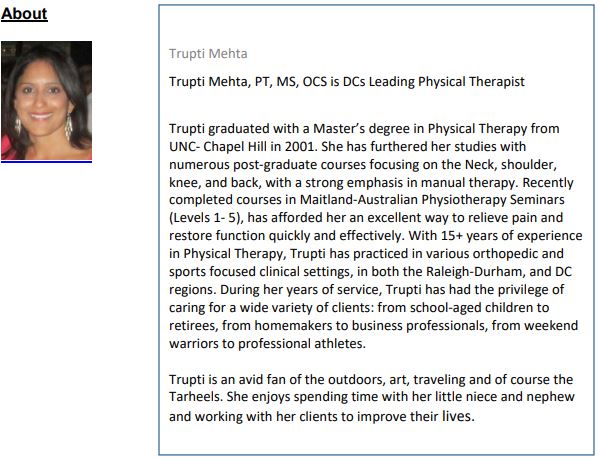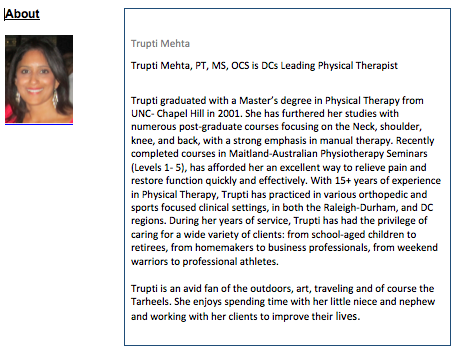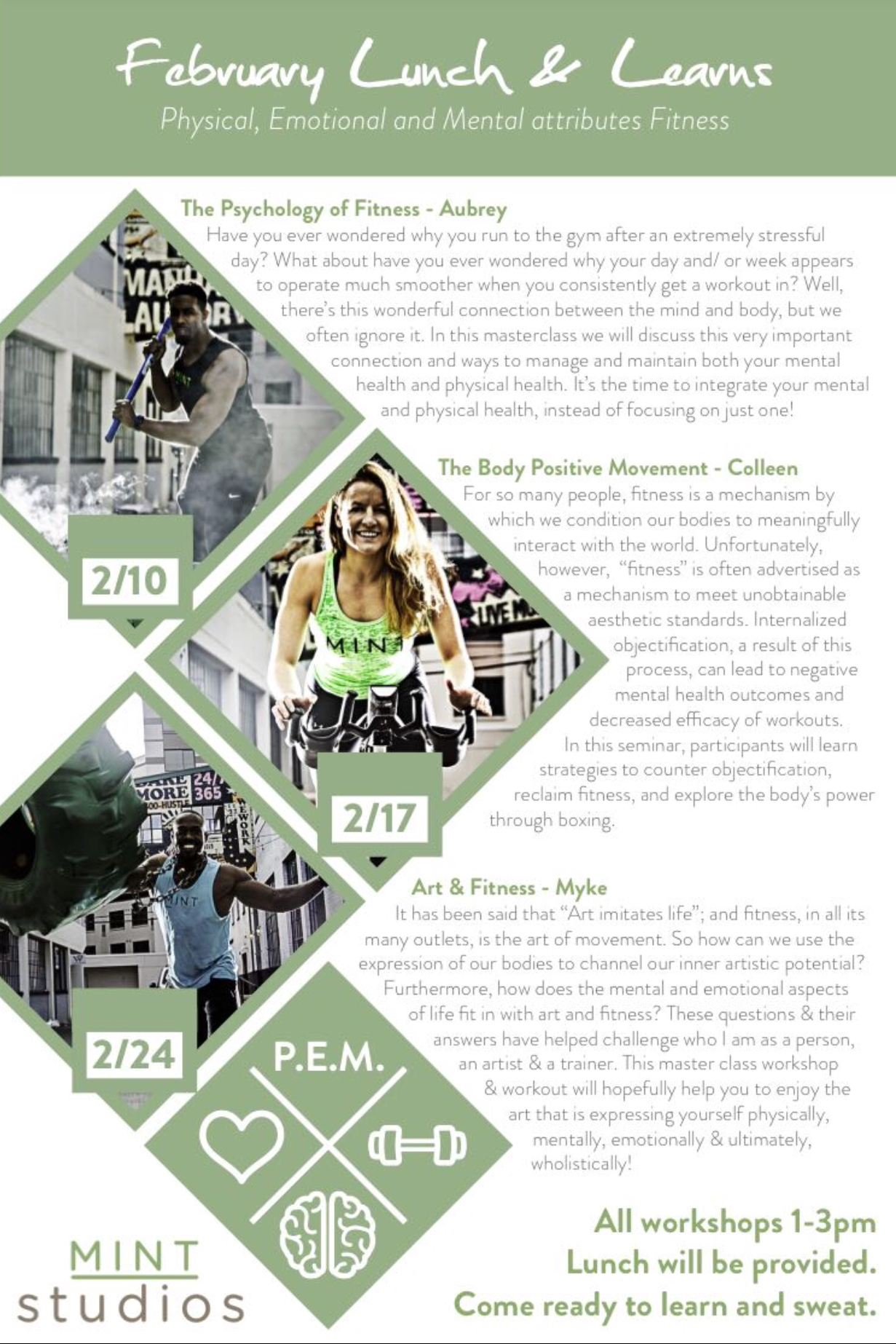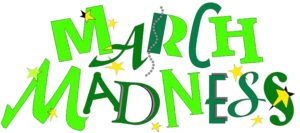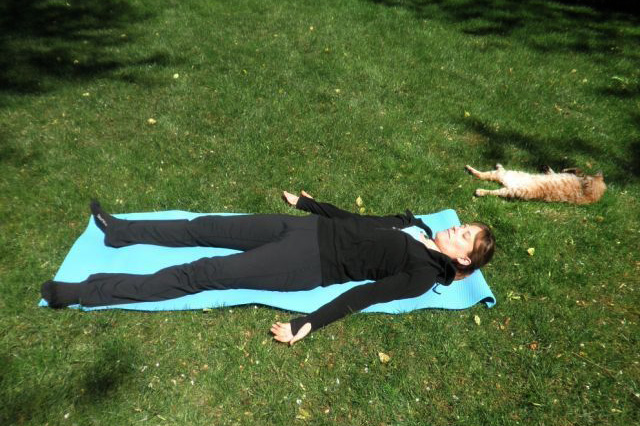 By: MINT Yoga Instructor Bonnie Foote
By: MINT Yoga Instructor Bonnie Foote
Savasana might be the most important yoga pose that we do. It looks deceptively simple, but lying flat on the floor gives your body ideal feedback for maintaining neutral, healthy posture. It helps to reverse car-computer-couch slouch, bringing your spine, neck and shoulders into healthy alignment. A good long Savasana is also crucial for calming and regulating the nervous system–and, once you start delving into the meditative aspects of yoga practice, for calming the mind itself. Because of Savasana’s unique potential for supporting mental balance, some teachers will remind you that it may seem like the easiest yoga pose to do… but it’s also the hardest! Taking Savasana seems as easy as breathing, but like the breath, it can take a lifetime to fully explore.
If your low back feels tight or sore during Savasana, try adding a blanket roll under your knees–or, for the deluxe version, stack up blocks and blankets under your lower legs as if you had them up on an ottoman. You can also play with legs up the wall (a.k.a. Viparita Karani)—taking Savasana against a wall with your legs elevated, which is very calming for the nervous system. For another calming variation on Savasana, try lying belly down; if you like you can add a short stack of blankets under your torso, from just above your hip bones to the top of your head. You might listen to meditations or Yoga Nidra, you might focus on relaxing one part of the body (try the space between your eyebrows, your temples, or the base of your thumbs where they meet the hands), or you might just notice your shifting bodily sensations or the waves of your breath. In any case–enjoy! And know that, lazy as you look, you’re actually receiving all of the benefits of one of the most powerful yoga practices out there. Namaste.



